The Egyptian Museum
The Egyptian Museum is hard to miss on any tour of Cairo. Opening in 1902, it was purpose-built to house the antiquit...
Amr Ibn Al-Aas is regarded as one of the most important figures in the history of Egypt because he introduced Islam to Egypt. He founded a new city just north of the Roman fort of Babylon called Fustat. Today, the Mosque of Amr Ibn Al-Aas still marks the site of this city. The structure has been renovated several times and none of the original structure remains today, but it is still the site of the oldest mosque in Egypt and the entire continent of Africa.
Islam arrived in Egypt and the entire continent of Africa in 640 AD with General Amr Ibn Al-Aas of the Rashidun Islamic Caliphate. The religion was only a couple of decades old at the time and expanding quickly with the influence of the Rashidun Caliphate, which had been formed following the death of the Prophet Mohammed in 632 AD. At the time, Coptic Christianity had recently surpassed the religion of Ancient Egypt to become the dominant religion.
General Amr Ibn Al-Aas and his army came to the area of present-day Cairo in order to attack the fort of Babylon along the banks of the Nile. Camping north of the fort and the settlement around it, the Muslim army began a siege.
While they were camps outside the city, legend says that a dove nested in the roof of the general’s tent. After defeating Babylon, the army prepared to move on Alexandria, the capital of Egypt during the Greco-Roman period, but Amr ordered that his tent is left where it stood, taking the dove’s nest as an omen of God’s will.
The Muslim army captured Alexandria, establishing control over Egypt, but word came from the Caliph Umar in Medina that they should establish a new capital closer to Medina. Heeding the omen of the dove, Amr Ibn Al-Aas built a mosque at the site where his tent had stood and it became the center of the new Muslim capital of Egypt, Fustat. This mosque, founded in 642 AD and named after the general, was the first mosque on the continent of Africa.
The mosque of Amr Ibn Al-Aas was originally constructed using palm trunks, mud-brick, and palm leaves for a roof so none of the original structure remains and it has been rebuilt many times since the 7th century. The first arcades of columns were erected in 827, giving it a permanent form that has since been expanded. Only a small number of these original architraves remain today and can be viewed along the mosque’s southern wall. The building was most recently rebuilt in 1875.
Despite the fact that most of its original structure has been replaced, the mosque’s historical significance as the site of the first Muslim settlement in Egypt and the first mosque in Africa still attracts tourists. It is conveniently located in Old Cairo (Fustat) very near the Mar Gargis metro station and Coptic Cairo.
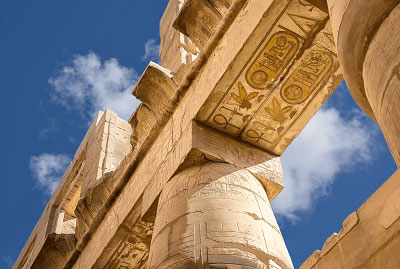
Safaga Shore Excursions Tours: One day tour Safaga to Luxor Visiting the Highlights of luxor West and East Bank that includes a visit to Valley of the Kings, Hatshepsute Te...
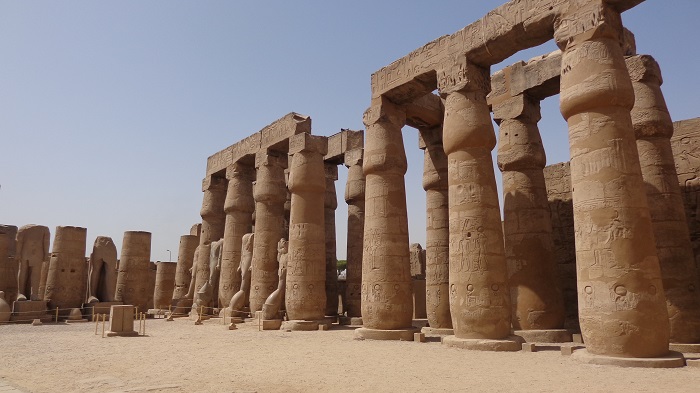
Safaga Shore Excursions: Overnight trip to Luxor from Safaga port visiting Luxor Temple, Karnak temples and Valley of the Kings and more. You are going to have a private to...
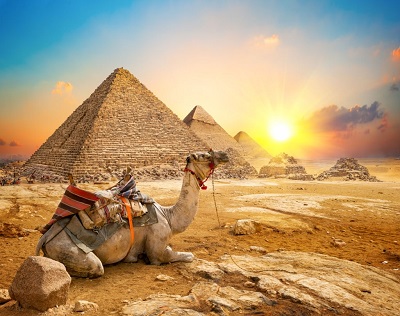
Safaga Shore Excursions: Private tours from Safaga Port Visiting Cairo and luxor for 2 Days 1 night visiting Giza Pyramids in cairo ,Luxor Temple,Valley of Kings and Coloss...
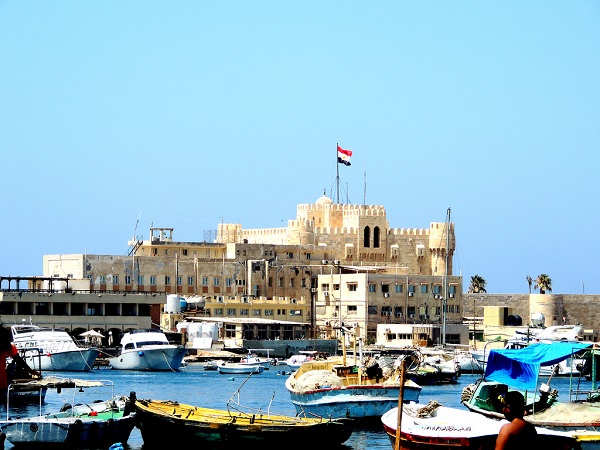
Enjoy Cairo To Alexandria Day Trip, Visiting rock-cut Roman catacombs, the ruins of a Roman temple complex, and Qaitbey Citadel. Visit the old Bibleotheca Alexandrina and e...
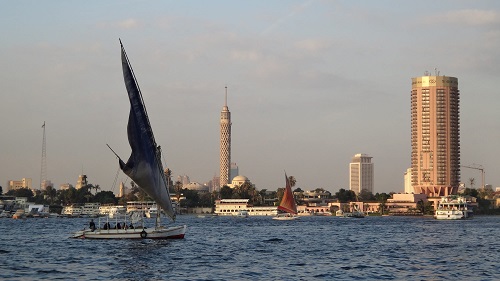
Waft along the fabled River Nile in time-honored Egyptian style on a private 60-minute 'felucca' boat ride in Cairo. Settle aboard a comfortable, white-sailed '...
Your entire vacation is designed around your requirements with expert guidance every step of the way.
Speak with our Egypt specialists for your perfect luxury journey.